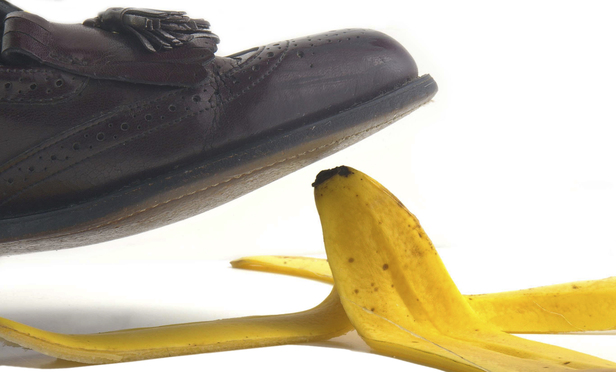In order to succeed in a premises liability action, a person who slips and falls in a retail establishment generally must establish that the business owner knew or should have known of the unsafe condition that led to the patron’s fall and failed to correct it. In other words, the injured patron must show that the business owner was somehow at fault (i.e., negligent). In the first instance, that “fault” consists of actual or constructive notice of a hazardous condition. Once notice is established, the injured patron must then demonstrate that the business owner failed to address the hazardous condition in a timely manner. It is not enough for the injured patron to simply show that she fell or even that she fell because of the existence of a dangerous condition; the business owner must have notice of the hazardous condition.
There are, however, exceptions to the notice requirement. One such exception is the mode-of-operation rule. That rule permits the trier of fact to draw an inference that the business owner had constructive notice of a hazardous condition if it can be shown that there was a substantial risk of injury inherent in a business owner’s method of doing business. While the injured party must still show that a hazardous condition existed, he or she is not required to prove that the business owner had notice of that condition. When the rule is invoked, the burden shifts to the business owner to show that it was not at fault. To do that, the business owner must show that it exercised due care. What constitutes due care depends on the nature of the risk posed by the particular business method or practice at issue. Thus, the mode-of-operation rule substantially alters the ordinary burden of proof.



